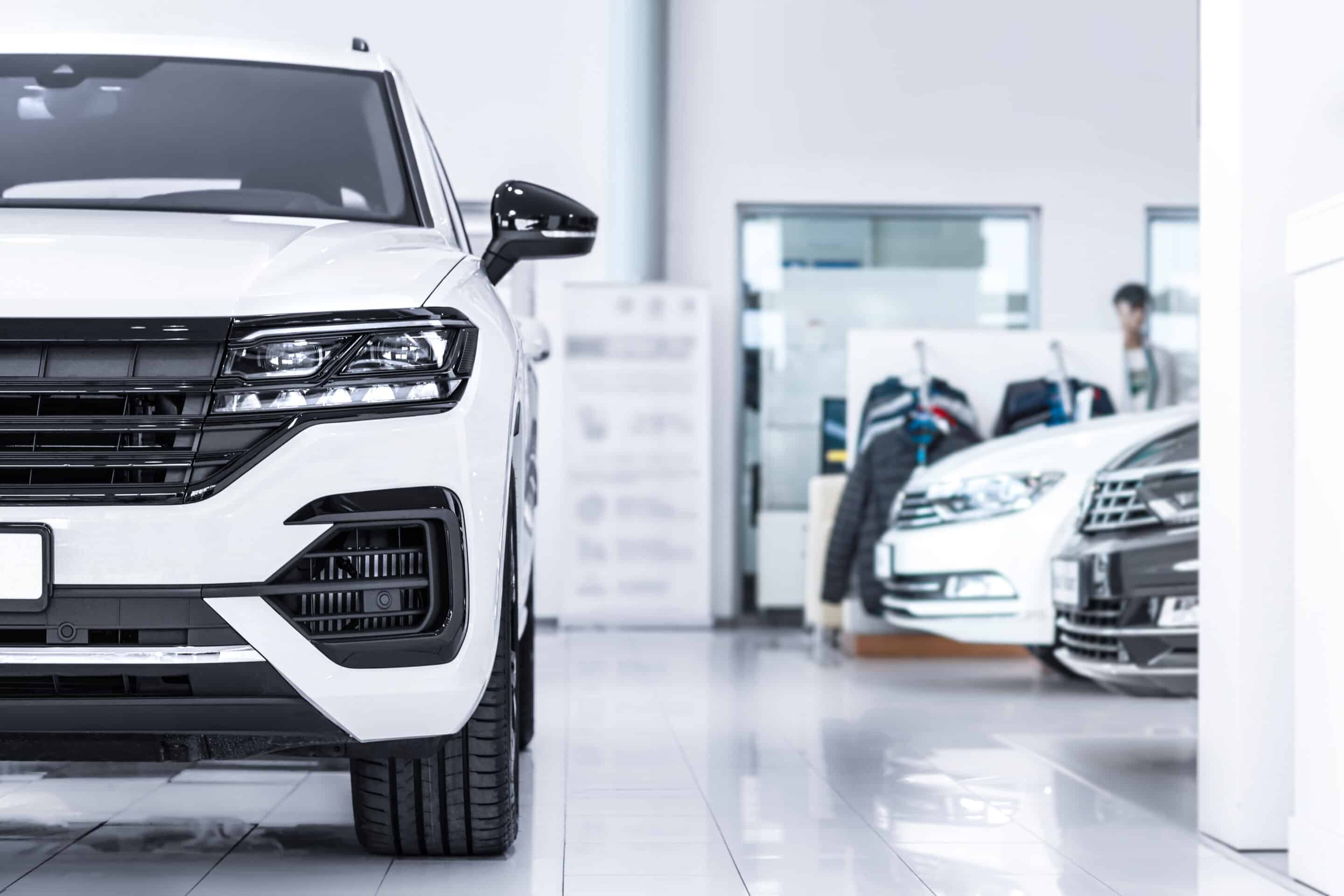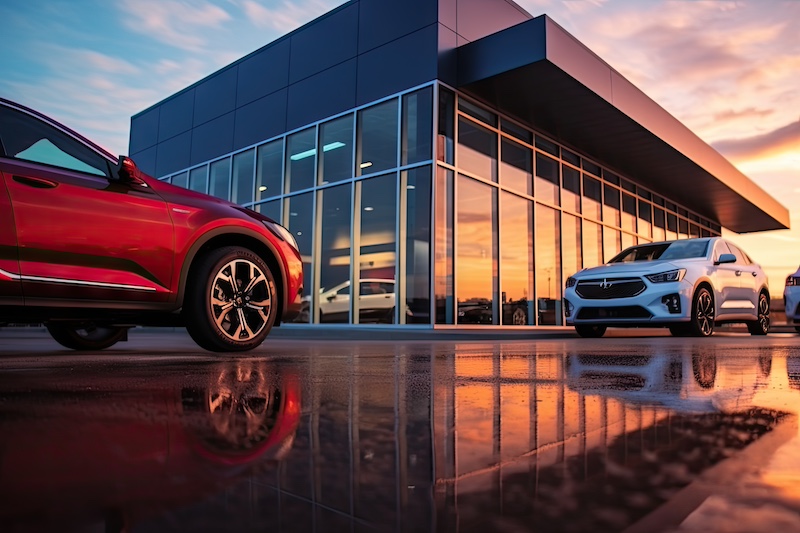In the wake of the pandemic, the dynamics of communication have undergone a major transformation. For example, the use teleconferencing apps have witnessed an unprecedented surge in connecting doctors and patients. Meanwhile, at home, more individuals now use FaceTime and various video-calling apps to bridge the gap and maintain connections with their loved ones.
According to a report by Pew Research, a staggering 81% of Americans have engaged in video calls since the onset of the pandemic, with 20% doing so daily or even more frequently. However, the role of video communication goes beyond personal interactions; it has become an integral part of our daily lives.
As per Statista, the average American now spends approximately 43 minutes each day consuming social media video content. Videos are used not only for entertainment but also for learning and researching various purchases. In essence, video has permeated every facet of our existence.
Within the automotive industry, video has emerged as a powerful tool for dealerships to market and showcase their vehicle inventory. Some dealers create commercials for television, and use video on social media, but many dealerships still rely on conventional means such as phone calls and emails to engage with customers.
The landscape has evolved. Consumers not only appreciate video; they expect it. Therefore, dealerships must step up their game by integrating video communication into their daily business operations and processes. Here are a few examples of how dealers can use video beyond marketing and merchandising to enhance the overall customer experience.
1. Connect with Car Shoppers Through Live Video Calls
When a potential car buyer visits a dealership’s website, they are met with a multitude of contact options. What if, in addition to the traditional contact details, there was a button that enabled them to initiate a live video call?
With just a click, prospective car buyers could connect with a salesperson who can not only answer their questions and provide information but also offer a live, interactive tour of a vehicle. This form of interaction nurtures an instant connection and fosters customer trust. It becomes considerably more challenging for a customer to decline a purchase when engaging in a face-to-face conversation with someone they like and trust.
2. Utilize Video to Enhance Your Dealership’s Sales Process
Video communications is mainstream, but is not as prevalent in automotive as it is in other industries. The majority of salespeople have yet to fully embrace video as a means of communicating with customers. Every salesperson can benefit from having an introductory video in which they share their personal interests, creating a sense of commonality with potential buyers. These videos can be prominently featured on the dealership’s website and incorporated into sales outreach campaigns.
Equipped with the right tools, salespeople can effortlessly and swiftly create lead response and follow-up videos, as well as conduct live video walkarounds of vehicles. These live-streamed interactions work both ways; if a customer wishes to trade in their vehicle, they can stream a video walkaround of their car, allowing the used car manager to assess its condition, ask pertinent questions, and determine its value.
In essence, a significant portion of the sales process can be conducted virtually, with video serving as the primary mode of communication. Dealers and salespeople should embrace and encourage this trend, especially since an increasing number of customers are seeking a convenient shopping experience. Video interaction is pivotal in making the shop-from-home experience a positive one.
3. Meet Evolving Customer Expectations by Integrating Video Across All Touchpoints
The adoption of video communication in dealerships transcends mere convenience; it represents a strategic shift aligned with the evolving expectations of customers. Just as dealerships have embraced digital marketing and online inventory management, integrating video communication is the logical next step.
Today’s customers demand a seamless and engaging experience at every touchpoint, and video communication stands as a powerful tool to meet these expectations.
Video has fundamentally transformed how people communicate, and dealerships must remain attuned to and keep pace with changing customer preferences. With the right video communication tools and strategies, dealerships can forge a more personalized, engaging, and immersive customer experience.








